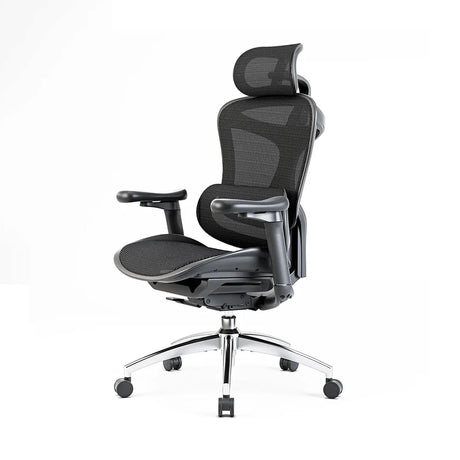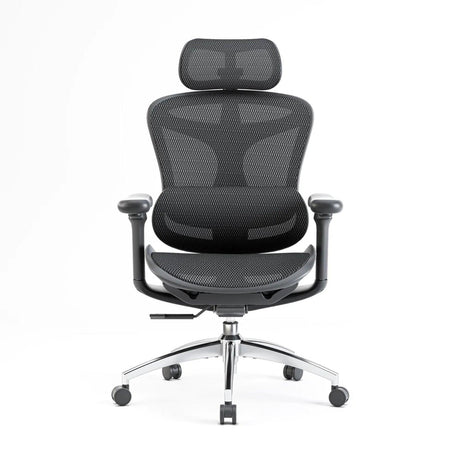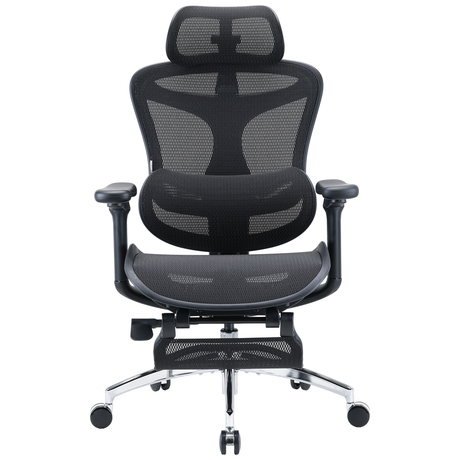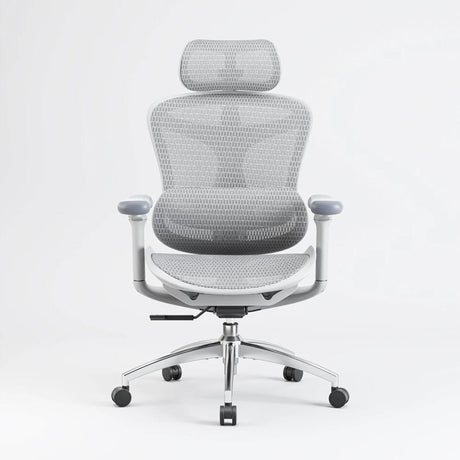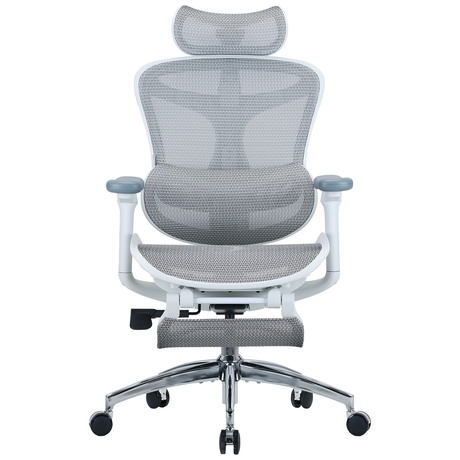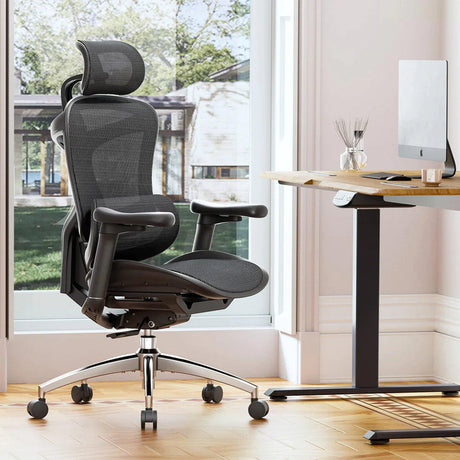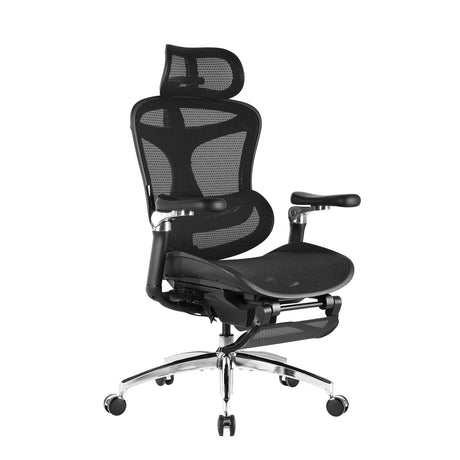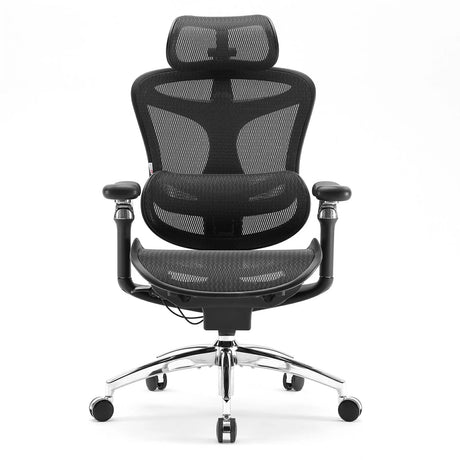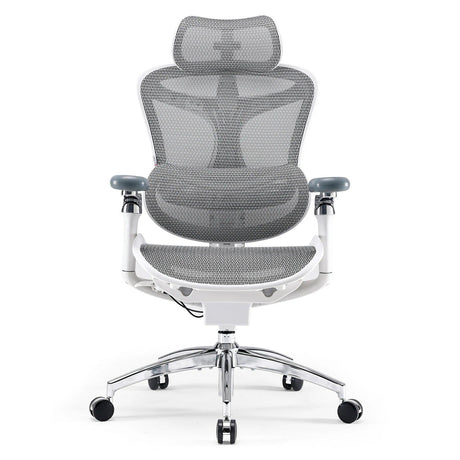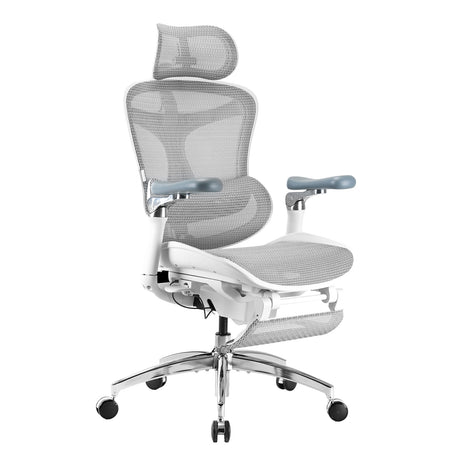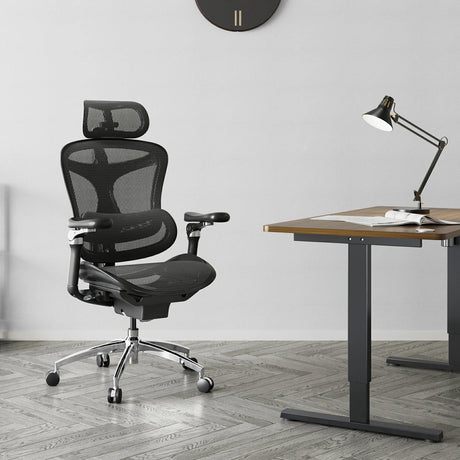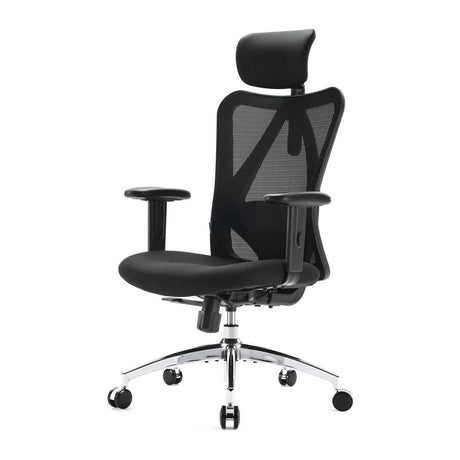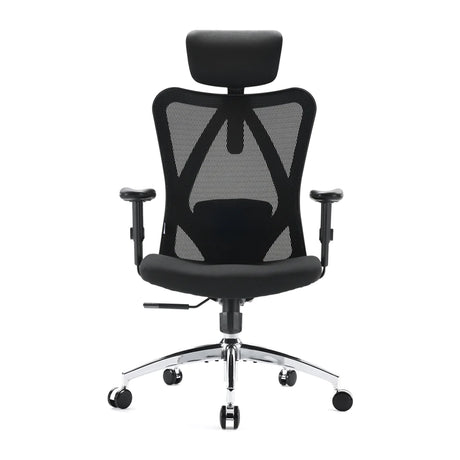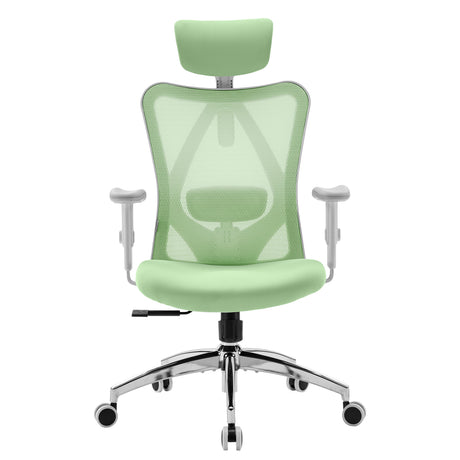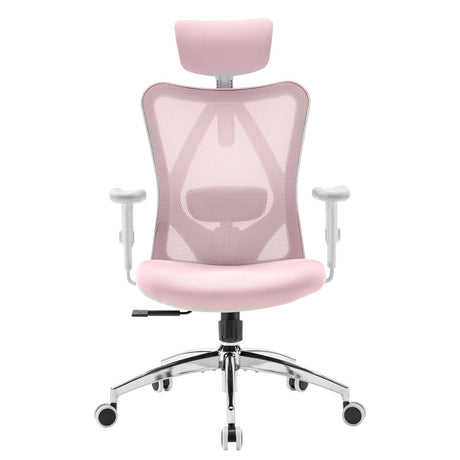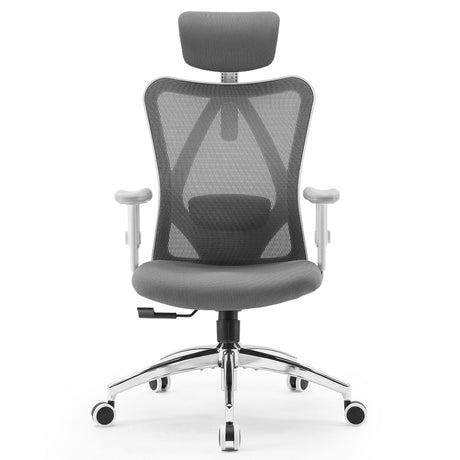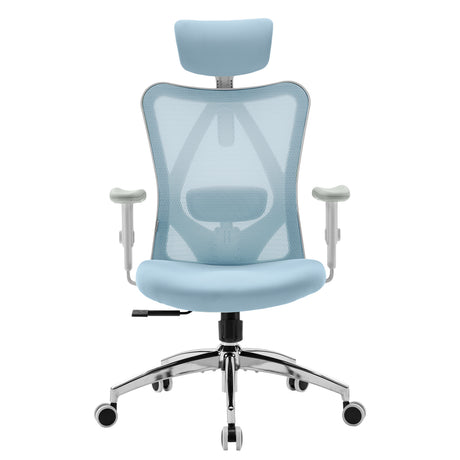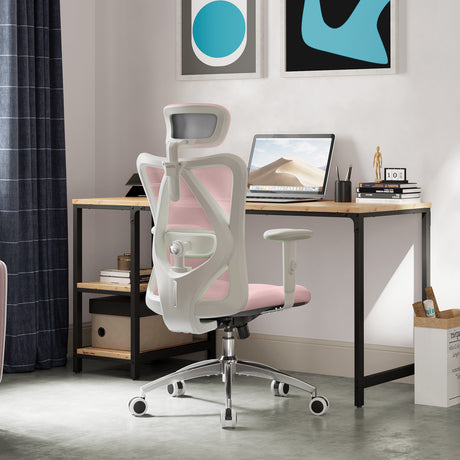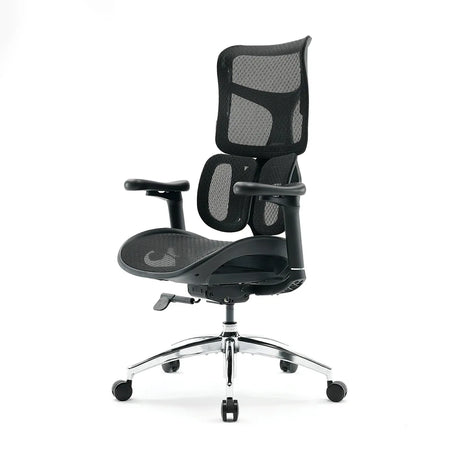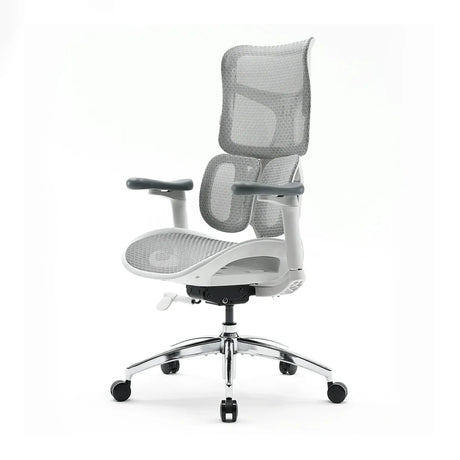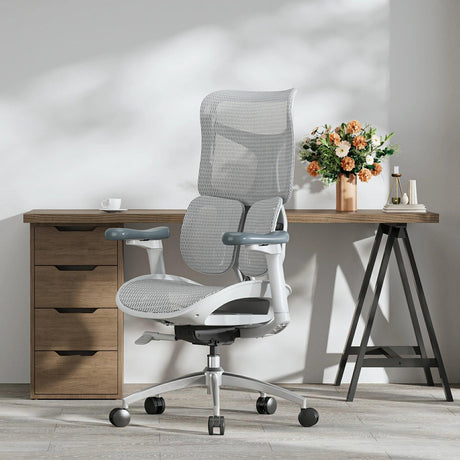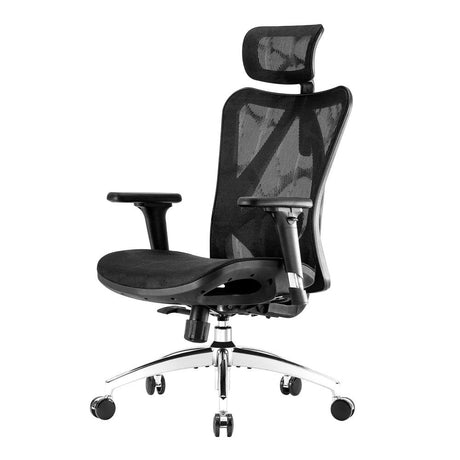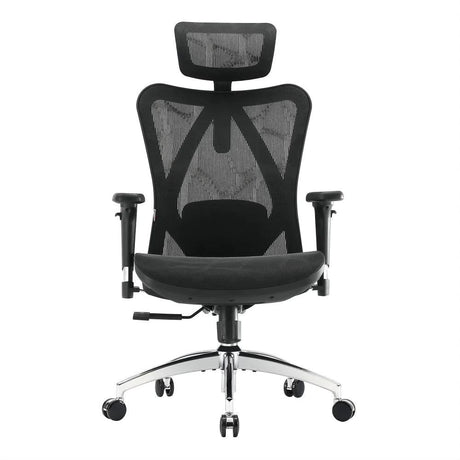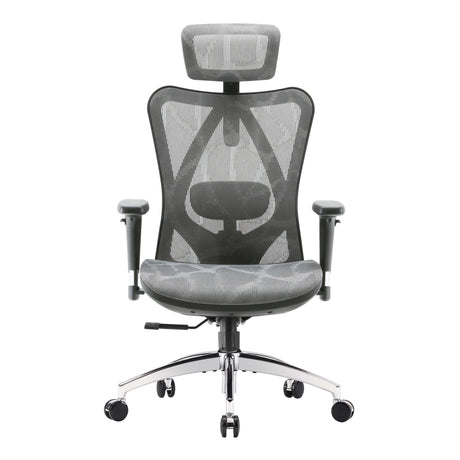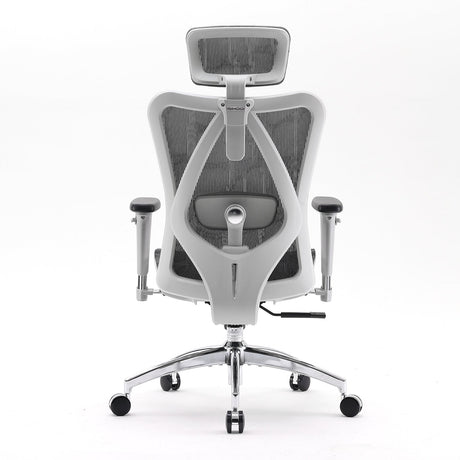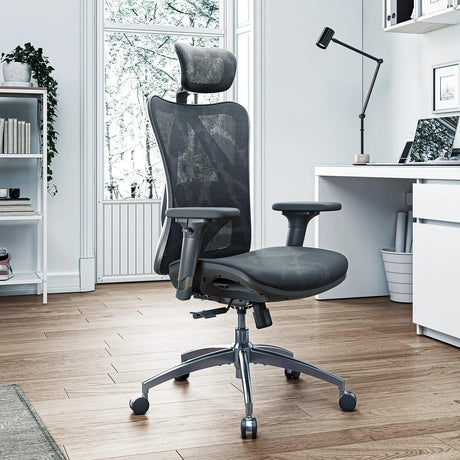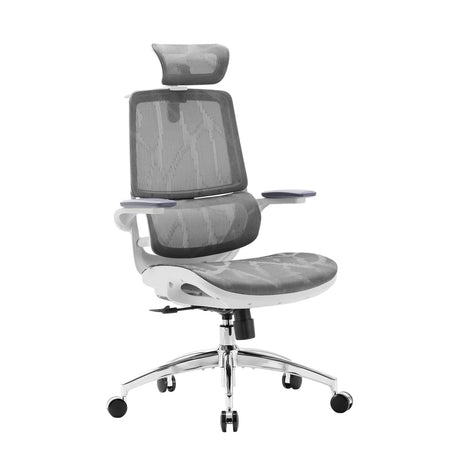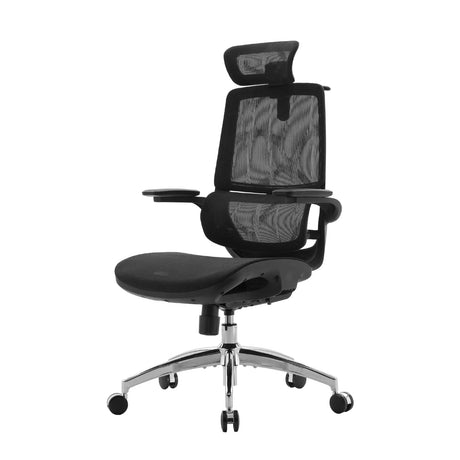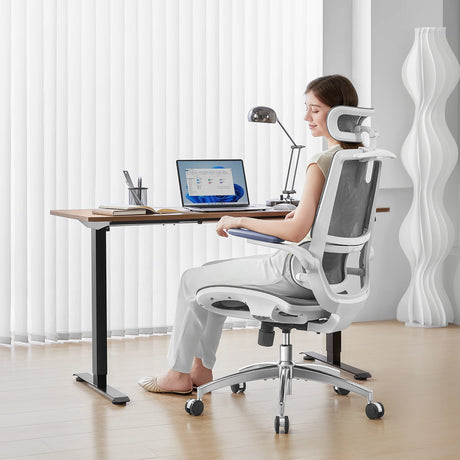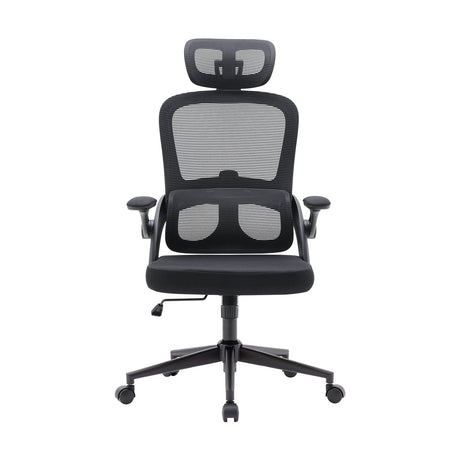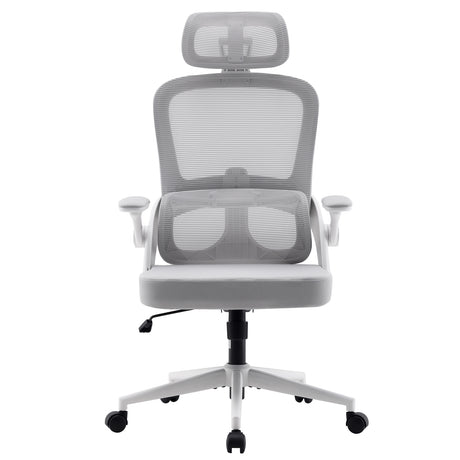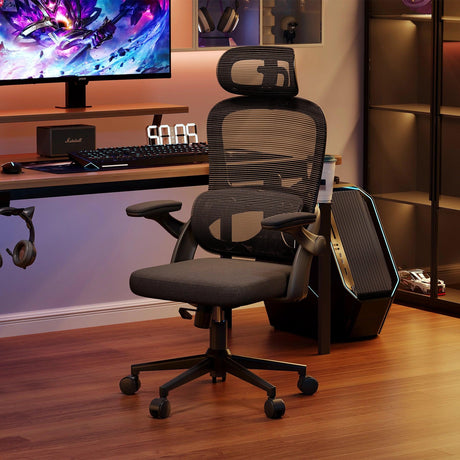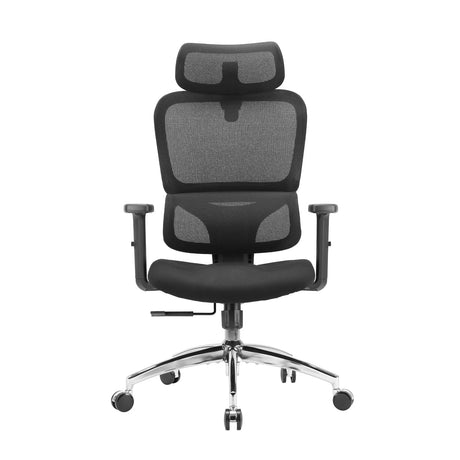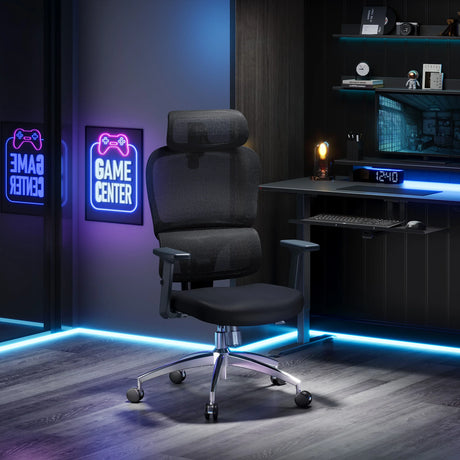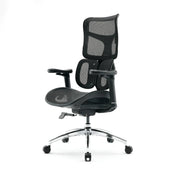Buying an office chair without sitting in it first might sound like a gamble, especially if you’re concerned about long-term comfort, back support, and ergonomic features. Yet, in today’s increasingly digital world, more people than ever are buying furniture online—including office chairs. Whether you're furnishing a home office, upgrading your work-from-home setup, or replacing a worn-out chair, it's absolutely possible to make a smart purchase without testing the chair in person.
This article offers a detailed, step-by-step guide to help you confidently choose the right office chair without physically trying it out.
1. Understand What You Really Need
Before browsing models or checking specs, ask yourself a few essential questions:
- How long will you sit each day? An 8+ hour chair needs superior support.
- Do you have any specific discomforts or medical issues? Back pain, neck strain, sciatica, etc.
- What type of work do you do? Desk work, gaming, creative design, phone calls?
- How much space do you have? Small home office vs. spacious work area.
- What’s your budget? Quality chairs can range from $100 to over $1000.
Knowing these details will help you narrow down features and chair types that fit your lifestyle and body needs.
2. Prioritize Key Ergonomic Features
Since you can’t try the chair, it’s crucial to rely on objective design features proven to support posture, movement, and comfort. Here are must-have features to look for:
a. Adjustable Seat Height
You should be able to raise or lower the chair to match your desk height and maintain a 90-degree angle at your knees.
b. Lumbar Support
Look for adjustable or dynamic lumbar support to maintain the natural S-curve of your spine.
c. Adjustable Armrests
4D or 6D armrests (height, depth, angle, and pivot adjustments) allow you to keep your shoulders relaxed and elbows at a 90-degree angle.
d. Seat Depth Adjustment
This allows you to ensure 2-3 inches of space between the back of your knees and the seat edge—essential for preventing leg numbness.
e. Tilt and Recline Mechanism
Chairs that allow for synchronized or weight-sensing recline offer pressure relief and encourage movement throughout the day.
f. Breathable Material
Mesh is ideal for breathability; memory foam or fabric seats offer plush comfort. Choose according to your body heat tendencies.
g. Headrest (Optional)
For those with neck issues or who recline frequently, a headrest can improve posture and relieve tension.
3. Check the Specifications Thoroughly
When shopping online, product descriptions are your test drive. Look carefully at the specifications to ensure the chair fits your body and workspace.
a. Dimensions
Check seat width, seat depth, and backrest height. People over 6 feet tall or under 5’3” need specific sizing. A chair too large or too small will cause discomfort over time.
b. Weight Capacity
Most office chairs support 250–300 lbs, but heavy-duty models offer up to 400 lbs.
c. Recommended User Height
Some brands indicate the ideal height range for the chair. Pay close attention to this.
d. Materials
Look at frame construction (nylon, aluminum, steel), mesh or fabric type, and base material (metal vs. plastic).
e. Warranty Details
Good chairs offer at least 2-3 years warranty. Premium brands may offer 5–10 years. This gives insight into quality and durability.
4. Read Customer Reviews (Especially Negative Ones)
Even without trying a chair, you can benefit from hundreds of others who have. Here’s how to extract useful insights:
- Look for people with similar height/weight/body concerns as yours. Their experience will be most relevant.
- Note repeated praise or complaints. If multiple users mention “tight seat for larger users,” take that seriously.
- Focus on reviews with images or videos to get a sense of how the chair looks in real life.
- See what people say after long-term use. A chair that feels good for a week might not hold up after months.
5. Watch Video Reviews and Assembly Tutorials
Online videos are the closest thing to a physical demo. YouTube, retailer websites, and social media often feature:
- Unboxing experiences
- Close-up visuals of tilt mechanisms, adjustments, and materials
- Real people sitting in and adjusting the chair
- Assembly process—can you handle it yourself?
This adds a layer of trust and can reveal potential deal-breakers you wouldn’t notice in static product photos.
6. Consider Brand Reputation
Some brands have built a name around comfort and ergonomics. While not all well-known brands are the best, they usually offer reliable customer service, quality control, and warranties. Newer or less-known brands might offer more value—but be extra diligent with your research.
If you're unsure, prioritize brands with a strong return policy or satisfaction guarantee.
7. Test Compatibility with Your Desk
An often-overlooked point: make sure the chair’s armrests and height will work with your existing desk.
- Can the armrests slide under the desk?
- Is the seat height adjustable enough to keep your wrists level with the desk surface?
- If you’re using a sit-stand desk, does the chair work at both sitting and standing intervals?
Measure your current setup and compare to chair dimensions before buying.
8. Plan for Assembly
Almost all office chairs purchased online require some assembly. Read product reviews and instructions to estimate:
- How long it will take (average: 20–45 minutes)
- If tools are included or extra equipment is needed
- Whether parts align properly or some effort is needed to adjust
If you're not confident with DIY assembly, consider hiring help or buying from retailers offering white-glove delivery.
9. Look for Flexible Return Policies
A good return policy is your safety net. Key points to check:
- Return window: 30 days is standard, but some offer 60 or 90.
- Return shipping: Is it free or will you have to pay?
- Restocking fees: Some companies deduct a percentage from your refund.
- Original packaging: Some require that you keep the box to be eligible.
Retailers like Amazon, Wayfair, and major office furniture websites typically offer relatively risk-free returns. Direct-from-brand sites may vary.
10. Consider These Popular Chair Categories
Here’s a breakdown of chair categories that tend to work well for online buyers:
a. Ergonomic Task Chairs
Mid-back or high-back chairs with mesh, basic recline, and lumbar support—good for all-day desk work.
b. Executive Chairs
More padded, with leather or faux leather upholstery—great for a plush, formal look but may trap heat.
c. Gaming Chairs
Often stylish with high backs and headrests, but not always truly ergonomic. Choose models with real adjustability.
d. Kneeling or Saddle Chairs
Specialized chairs that encourage upright posture. Good as a secondary chair for posture variation.
11. Evaluate Value Over Price Alone
Don’t be swayed only by a low price. A $100 chair that causes back pain is more expensive in the long run than a $300 chair that prevents discomfort. Aim to buy the best chair you can reasonably afford—especially if you sit for long hours.
That said, many excellent models exist under $300. Just make sure they include the key ergonomic features discussed earlier.
12. Real-Life Case: Sihoo Doro C300
To illustrate how to shop effectively online, let’s take the Sihoo Doro C300 ergonomic office chair as an example.
- Price: Mid-rangeKey features: Dynamic lumbar support, 4D armrests, breathable mesh, weight-sensing recline
- Design: Sleek and modern with a flexible backrest
- Target users: Office workers, students, and gamers looking for all-day comfort
- Return/Warranty: Generous return period and multi-year warranty
By checking specs, watching review videos, and reading hundreds of verified user experiences, many users confidently choose the C300 without a test sit.
13. Top Buying Tips Summary
|
Step |
Action |
|
1 |
Define your needs: hours, body type, medical issues |
|
2 |
Focus on ergonomics: lumbar, armrests, tilt, mesh |
|
3 |
Check product dimensions and weight support |
|
4 |
Read verified reviews and long-term feedback |
|
5 |
Watch videos for real-world insights |
|
6 |
Choose a reputable brand or seller |
|
7 |
Check compatibility with your desk |
|
8 |
Know the assembly process |
|
9 |
Ensure there’s a fair return policy |
|
10 |
Consider total value, not just price |
Final Thoughts
Buying an office chair without trying it doesn’t have to feel like a leap of faith. By using the strategies above, you’ll be equipped to make a smart, confident purchase that supports your health, productivity, and long-term comfort.
In today’s digital era, knowledge is your best cushion. Read, compare, and invest wisely—and your back will thank you.

